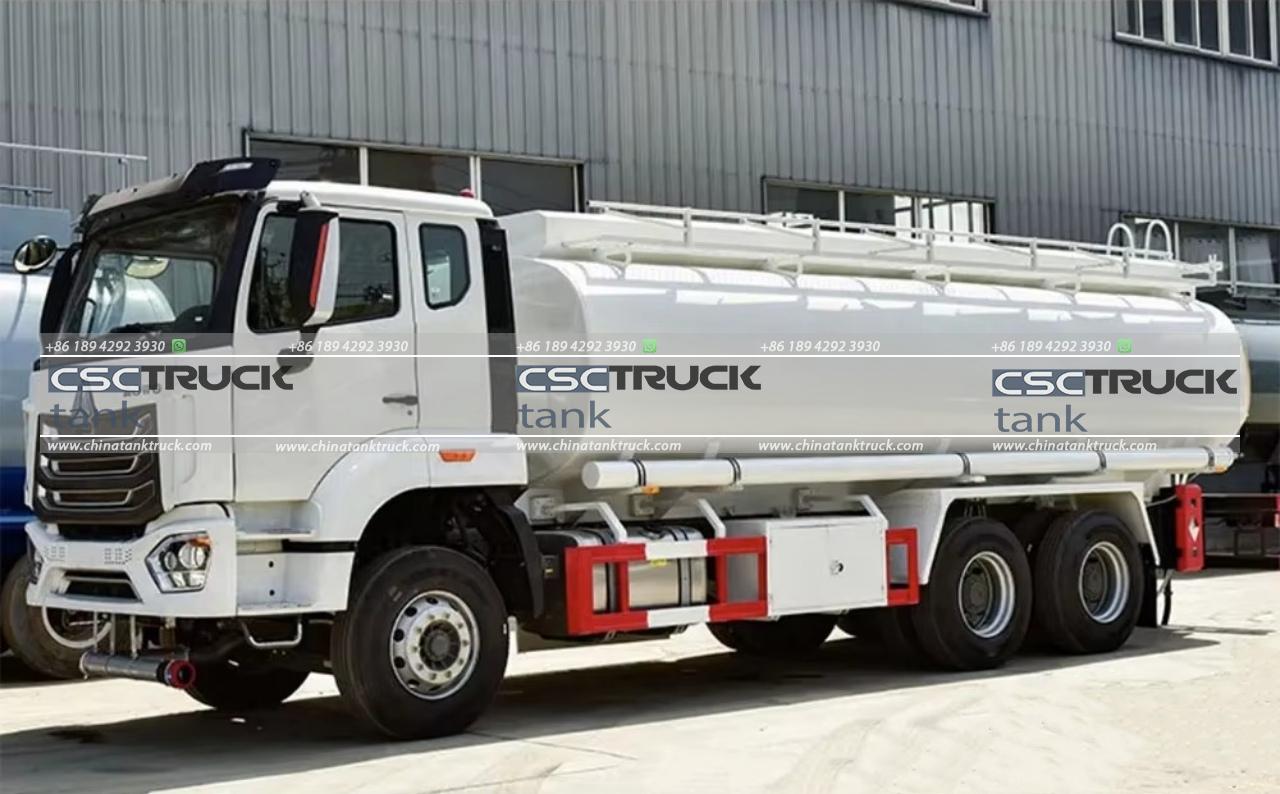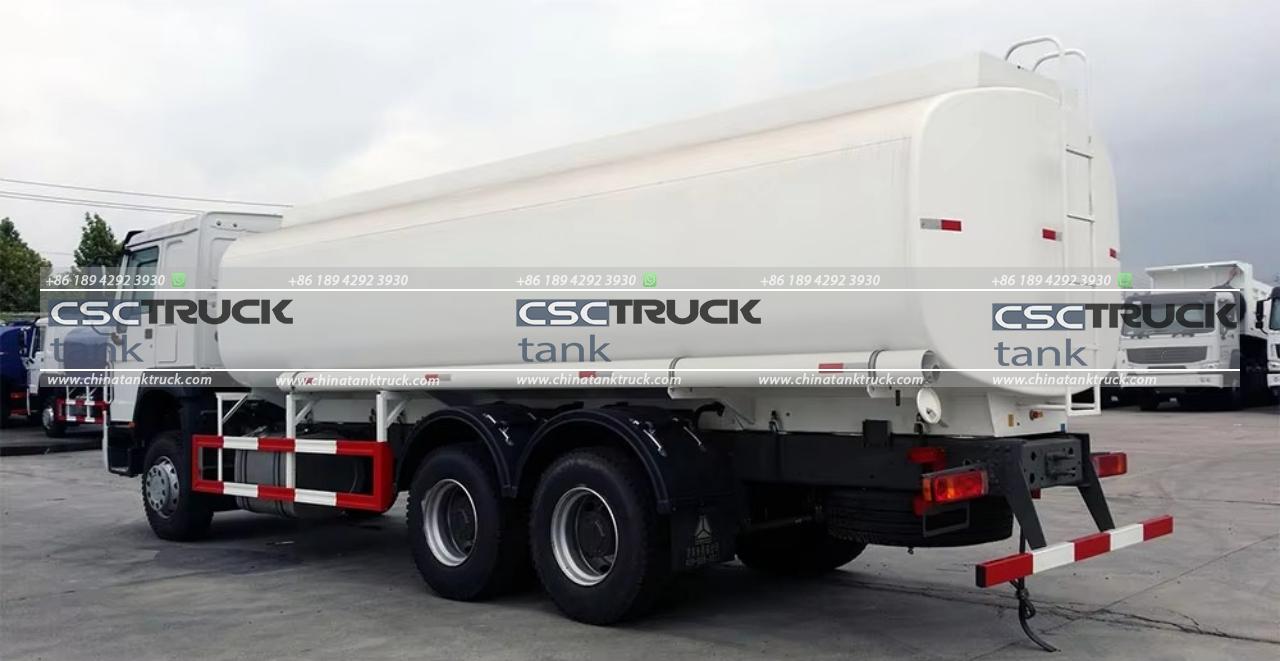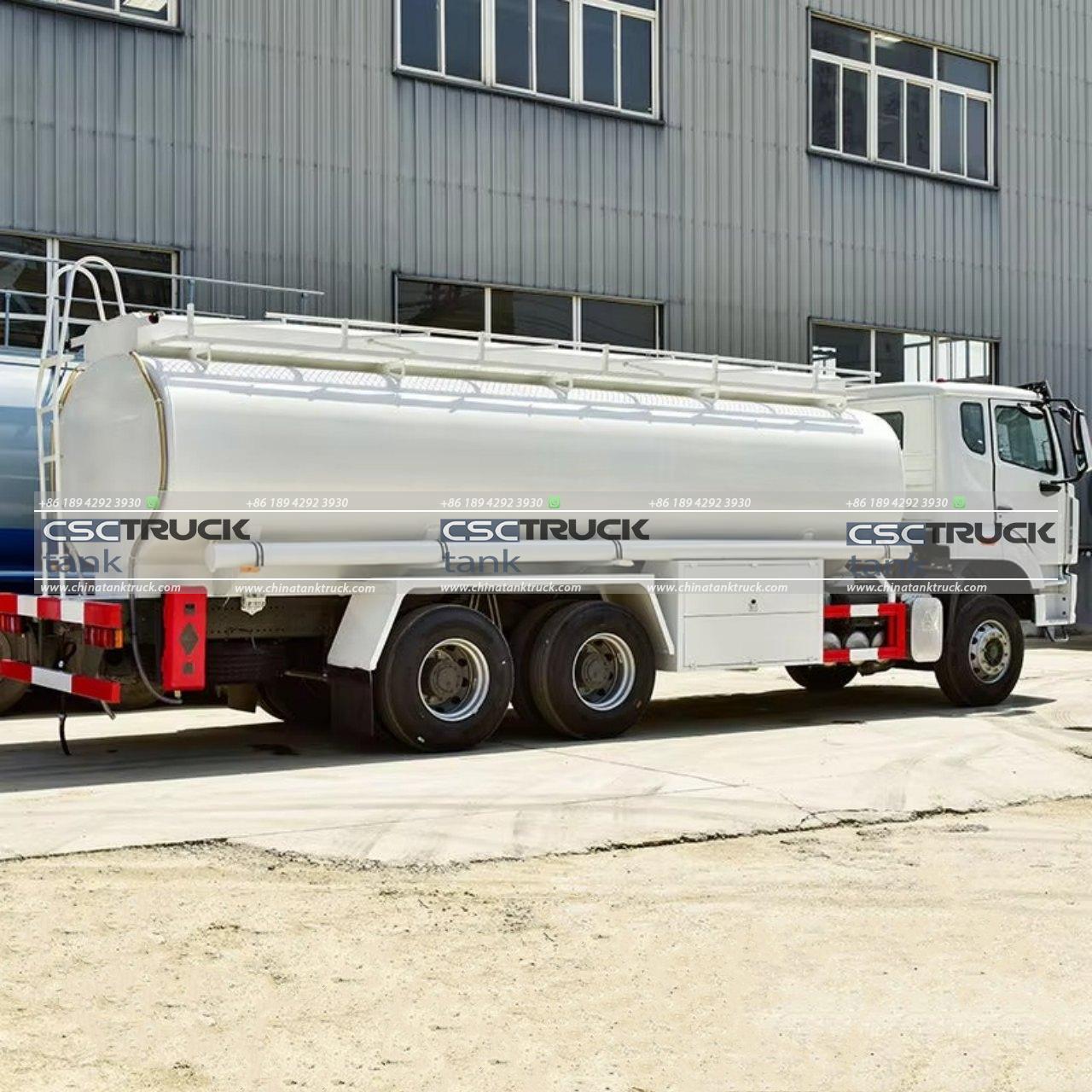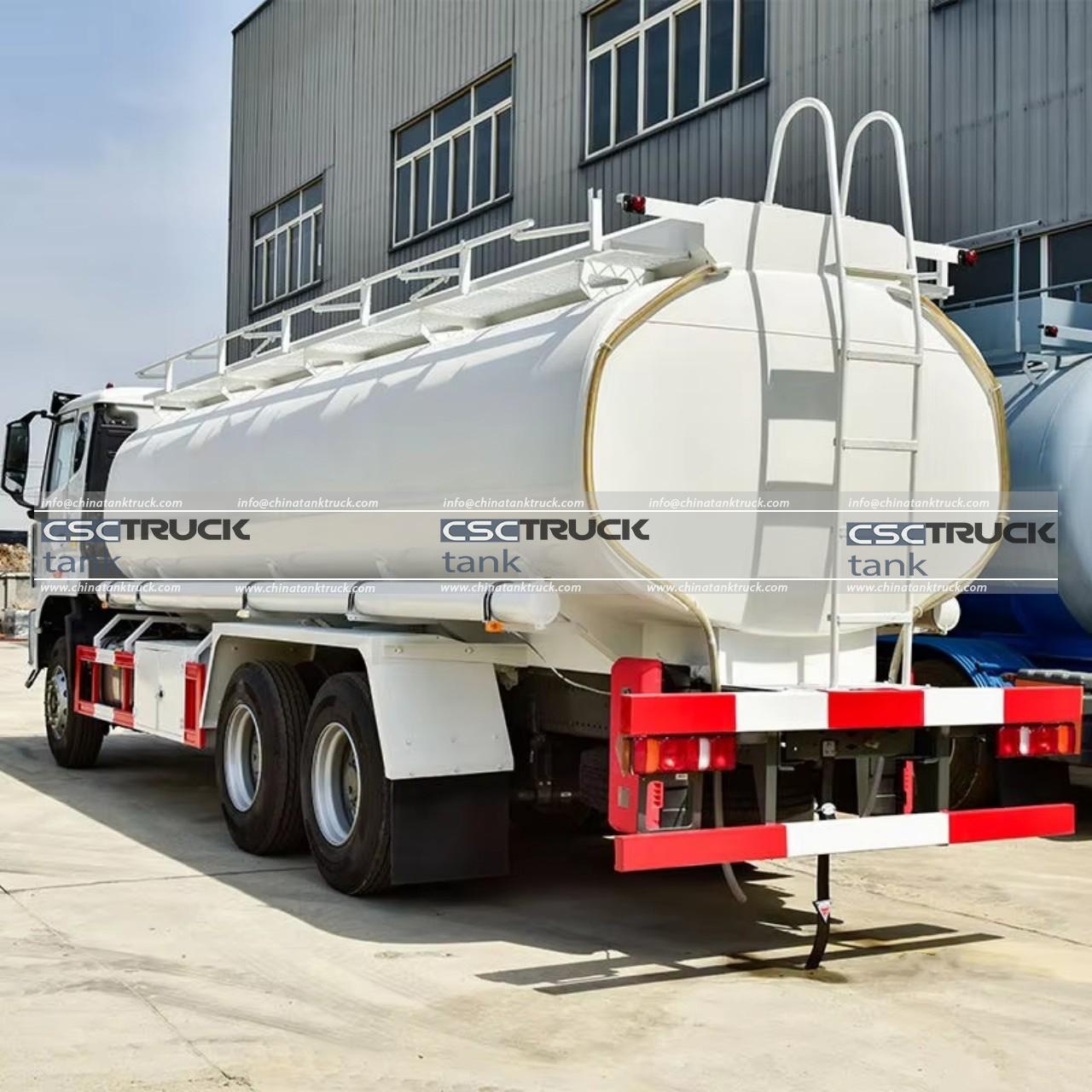What is a Rainwater Tank Called?
Rainwater harvesting has become increasingly popular as people seek sustainable and eco-friendly solutions to conserve water. One of the key components in this process is the rainwater tank. But what exactly is a rainwater tank called, and why is it so important in modern water management?
Understanding the Terminology
A rainwater tank, commonly referred to as a **rainwater harvesting tank**, is a storage container specifically designed to collect and store rainwater for later use. These tanks come in various sizes, shapes, and materials, each suited for different applications, from residential to agricultural use.

Other Names for a Rainwater Tank
Rainwater tanks may also be known by several other names, depending on the region, context, or specific use:
1. Water Storage Tank: A general term that encompasses any container used to store water, including those designed for rainwater collection.
2. Rain Barrel: Often used in residential settings, a rain barrel is a smaller type of rainwater tank designed to collect water from rooftops.
3. Cistern: This term is often used interchangeably with rainwater tanks, particularly for larger underground or above-ground storage systems.
4. Rainwater Harvesting System: Although this term refers to the entire setup for capturing and utilizing rainwater, it’s sometimes used to describe the tank itself.
5. Water Butt: Commonly used in the UK, this term describes a small to medium-sized tank used for rainwater collection, typically connected to a downspout from a roof.
The Importance of Rainwater Tanks
Rainwater tanks play a crucial role in sustainable water management. With growing concerns about water scarcity, these tanks provide an effective way to conserve potable water, reduce reliance on municipal water supplies, and mitigate the impact of droughts. They are also essential in reducing stormwater runoff, which can cause erosion and water pollution.

Types of Rainwater Tanks
Rainwater tanks come in various forms, each tailored to specific needs and environmental conditions. The most common types include:
1. Above-Ground Tanks: These are the most common type of rainwater tanks, installed above the surface, making them easy to access and maintain. They are typically made from materials such as plastic, metal, or concrete.
2. Underground Tanks: Ideal for properties with limited space, underground tanks are buried beneath the surface, offering the advantage of not taking up valuable land. These tanks are usually made from concrete or polyethylene and are well-suited for larger-scale rainwater harvesting systems.
3. Modular Tanks: These tanks consist of multiple smaller units that can be connected to form a larger storage system. They are highly versatile and can be installed both above and below ground.
4. Slimline Tanks: Designed for urban settings, slimline tanks are narrow and tall, making them perfect for installation in tight spaces, such as alongside a house or in a small backyard.
5. Bladder Tanks: These flexible tanks are made from durable materials and can be installed in areas with limited space, such as under decks or in basements. They expand as they fill with water and are particularly useful for temporary or seasonal water storage.
Materials Used in Rainwater Tanks
The choice of material for a rainwater tank depends on factors like durability, cost, and the specific use case. Common materials include:
1. Polyethylene (Plastic): Polyethylene tanks are lightweight, durable, and resistant to corrosion, making them a popular choice for both residential and commercial applications. They are also relatively affordable and come in a variety of sizes and shapes.
2. Concrete: Concrete tanks are extremely durable and can last for decades. They are ideal for underground installations and are resistant to fire and extreme weather conditions. However, they are heavy and can be more expensive to install.
3. Metal: Metal tanks, typically made from steel or aluminum, are strong and durable. They are often used in agricultural settings and can be coated or lined to prevent corrosion. Stainless steel tanks are particularly resistant to rust and offer a long lifespan.
4. Fiberglass: Fiberglass tanks are lightweight, corrosion-resistant, and can withstand extreme temperatures. They are often used in industrial settings or where chemical resistance is required.
5. Stone or Masonry: In some regions, particularly in traditional or rural settings, rainwater tanks may be constructed from stone or masonry. These tanks are often custom-built and can blend seamlessly with the surrounding architecture.

Applications of Rainwater Tanks
Rainwater tanks are versatile and can be used in a variety of applications, including:
1. Residential Use: Homeowners use rainwater tanks to collect water for gardening, toilet flushing, washing clothes, and even drinking, provided the water is properly filtered and treated. This reduces dependency on municipal water supplies and lowers water bills.
2. Agricultural Use: Farmers use large rainwater tanks to store water for irrigation, livestock watering, and crop protection. In regions prone to drought, these tanks are essential for maintaining agricultural productivity.
3. Commercial and Industrial Use: Businesses and industrial facilities use rainwater tanks to reduce water consumption, manage stormwater runoff, and promote sustainability. The collected water can be used for cooling systems, manufacturing processes, and landscaping.
4. Emergency Water Supply: In areas prone to natural disasters, such as hurricanes or wildfires, rainwater tanks can provide a crucial emergency water supply. They ensure access to water when regular supplies are disrupted.
Benefits of Using Rainwater Tanks
The benefits of rainwater tanks extend beyond water conservation. They contribute to environmental sustainability, reduce water bills, and help mitigate the effects of climate change. Some of the key benefits include:
1. Water Conservation: Rainwater harvesting reduces the demand for municipal water supplies, conserving this precious resource for essential uses.
2. Cost Savings: By using rainwater for non-potable purposes, homeowners and businesses can significantly reduce their water bills.
3. Stormwater Management: Rainwater tanks help manage stormwater runoff, reducing the risk of flooding, erosion, and water pollution.
4. Energy Savings: Reducing the demand for treated water also reduces the energy required for water treatment and distribution, contributing to lower greenhouse gas emissions.
5. Drought Resilience: In regions prone to drought, rainwater tanks provide a reliable source of water, helping communities and industries maintain productivity during dry periods.

Conclusion
Rainwater tanks, known by various names such as water storage tanks, rain barrels, or cisterns, are an essential component of sustainable water management. They offer numerous benefits, from conserving water and reducing costs to protecting the environment and enhancing resilience to climate change. Whether for residential, agricultural, or industrial use, rainwater tanks represent a smart investment in a sustainable future.

